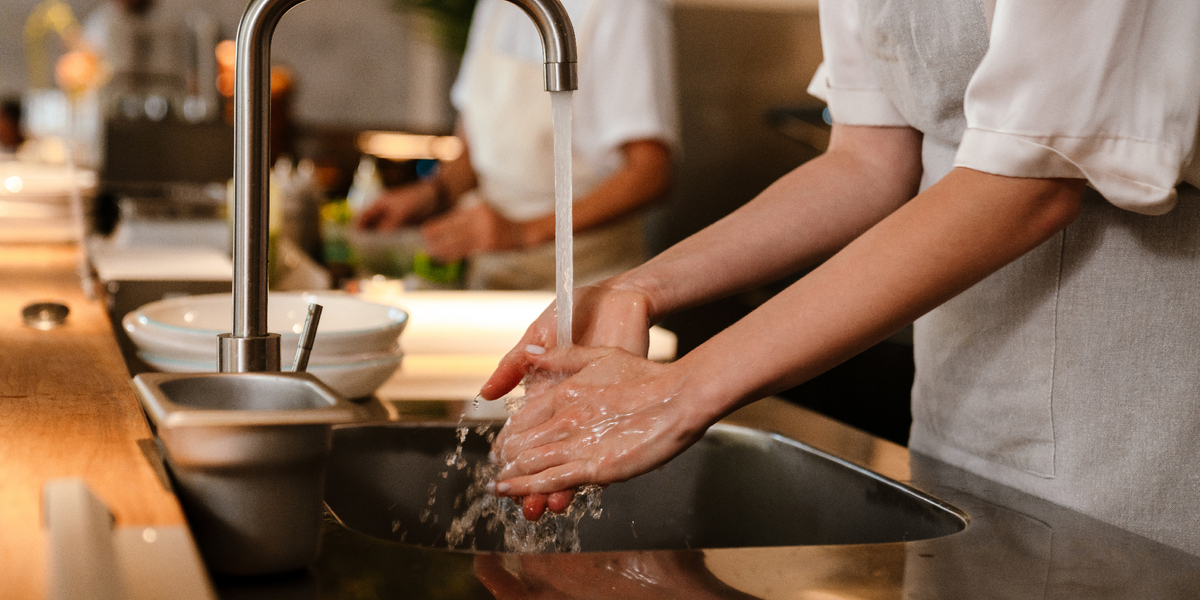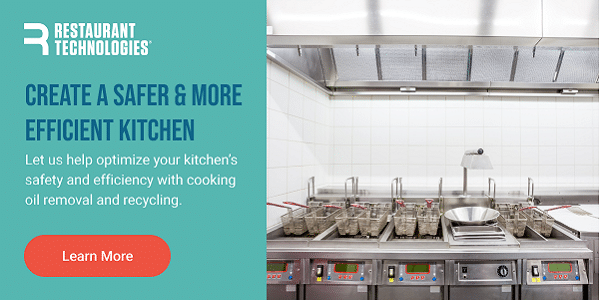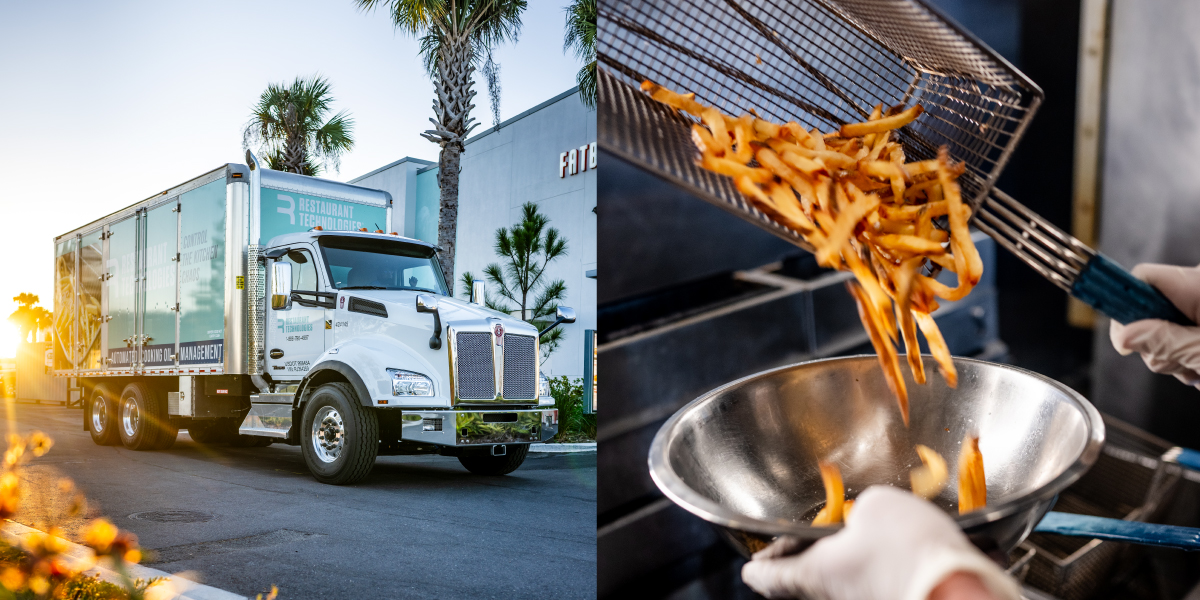As a restauranteur who deals with raw meats, kitchen spills, and food safety standards, you’re aware that proper hand hygiene is one of the best practices to reduce the spread of illnesses. This is vital in the food service industry, as the causes of foodborne illnesses can harm your staff, your diners, and even your reputation.
In this article, we’ll discuss proper handwashing practices and break down how to teach them to your food service workers, making sure that they align with your restaurant cleaning schedule and overall sanitation efforts.
Importance of Handwashing in Restaurants
About 80% of communicable diseases are transmitted by touch.1 According to the CDC, washing hands is one of the best ways to remove germs and avoid spreading them to others.2
This practice is especially important for restaurant workers. From preparing food in the kitchen to busing dirty plates in the dining area, food service workers come into contact with potential disease vectors at every turn. Because of this, it can be very easy to cross-contaminate food prep areas without even realizing it.1
The Correct Handwashing Method
There is, in fact, a right way to wash your hands.3 Let’s break down the steps for proper hand hygiene techniques for food service workers.1
- Step 1: Wet – Put your hands under clean running water (warm or cold, it doesn’t matter),6 then add a generous squirt of liquid soap.
- Step 2: Lather – Rub your hands together to create suds with the liquid soap. Clean between the fingers, each wrist, the back of each hand, and under the fingernails. Lather for 20 seconds.
- Step 3: Rinse – Use clean running water to wash the soap off of your hands until the water runs clean and there are no suds left.
- Step 4: Dry – Use a paper towel or a wall dryer to dry your hands completely. Leaving your hands damp makes it more likely that you’ll spread bacteria.1
When to Wash Hands
Handwashing is crucial for restaurant workers, especially after these specific instances1:
- Taking out the trash
- Busing dirty dishes
- Handling soiled clothing, like a dirty apron
- Handling money, whether cash or credit card
- Using a phone
- Working with chemicals or cleaning products
- Sneezing or coughing into your hand or elbow
- Touching your body, including your hair and face
- Smoking, eating, or drinking
- Handling raw meat
- Using the bathroom
Training and Educating Staff
An experiment conducted by the USDA in 2018 found that only about a third of restaurant staff present attempted to wash their hands, and less than 1% of those employees “successfully” washed their hands (i.e. followed the steps listed above).5 The biggest hurdle? Not washing their hands for long enough.
So, how do you encourage proper hand washing for your food service workers?
Conduct Handwashing Training Sessions
Though we’ve been washing our hands since we were in preschool, many of us never learned to do so effectively. And while it may seem patronizing to teach grown-ups how to wash their hands, studies show that training food service workers in the proper handwashing practice can greatly increase the likelihood of them actually doing it.6
Use Visual Aids and Reminders
A helpful way to encourage handwashing is to place visual reminders in key areas, like restrooms and kitchen areas, to reinforce proper handwashing practices.
Implementing Handwashing Stations
Interestingly, it seems that restaurant staff are less likely to wash their hands for three reasons6:
- They’re too busy
- They don’t know how
- There isn’t a proper handwashing station available in a convenient place
By creating convenient handwashing stations that include visual aids, you can lower the risk of cross-contamination while increasing the likelihood that staff will take the time to wash their hands properly. This can be part of a broader strategy that includes kitchen automation to streamline operations and maintain hygiene standards.
Setting Up Stations in Key Areas
OSHA, the governing body for workplace safety and sanitation, recommends having enough handwashing stations in an establishment to accommodate the number of employees. This ensures staff aren’t queueing up to wash their hands. Handwashing stations should also be easily accessible to the main working areas.7
So, where should handwashing stations go? In a restaurant, key spots for handwashing stations may include:
- In the staff break room
- Next to the dishwashing sink
- In the main kitchen and prep area
- Inside the door the leads to the garbage collection area
- Behind a bar where alcohol and/or coffee drinks are served
- Near the cash register or where servers submit tickets
Ensuring Supplies are Stocked
Handwashing stations should also be well-stocked with necessary items, including soap, paper towels, and alcohol based hand sanitizer. Incorporating your handwashing stations in your restocking tasks throughout the day will ensure they remain prepped for use.
Monitoring and Reinforcing Practices
Like all food safety protocols, it’s worth checking up on your staff’s handwashing practices to make sure they’re still meeting regulatory standards.
Regular Audits and Feedback
It’s important to conduct frequent audits of employee handwashing practices and handwashing stations to confirm compliance and provide feedback to staff if necessary.
Rewarding Good Hygiene Practices
Consider implementing a reward system to encourage and maintain high standards of hand hygiene practice. It can be as simple as a thank you note or something creative and a little corny, like a “Hand Washer of the Month” award.8
Build Healthy Handwashing Habits at Your Restaurant
A proper handwashing practice is key to any restaurant’s success. Good handwashing keeps diners and other staff members safe from foodborne illnesses and even helps protect your restaurant’s reputation.
Don’t let other tasks distract your back-of-house staff from prioritizing proper handwashing and curating an exceptional customer experience. Restaurant Technologies is here to control the kitchen chaos and automate the worst parts of your staff’s job: procuring, managing, and disposing of cooking oil.
Learn more about our systems and how we can optimize your operations by reaching out today.
Sources:
- My Food Safety Nation. “Hand Washing Technique for Restaurant Food Handlers.” https://myfoodsafetynation.com/hand-washing-techniques-for-restaurant-food-handlers/
- ABC News. “Help Your Kids Fight Flu With Soap and Water.” https://abcnews.go.com/Health/kids-fight-flu-soap-water/story?id=26003831
- YouTube. “Ellen Wants to Help Protect You from Getting Coronavirus.” https://www.youtube.com/watch?v=8WpFva5PYnU
- Mayo Clinic. “Hand-washing: Do’s and Don’ts.” https://www.mayoclinic.org/healthy-lifestyle/adult-health/in-depth/hand-washing/art-20046253
- USDA. “Food Safety Consumer Research Project.” https://www.fsis.usda.gov/sites/default/files/media_file/2021-02/Observational-Study-Addendum.pdf
- CDC. “Food Worker Handwashing in Restaurants.” https://www.cdc.gov/restaurant-food-safety/php/practices/handwashing.html
- Rent Viking. “What are the OSHA Hand Wash Station Requirements?” https://rentviking.com/osha-hand-wash-station-requirements/
- McDonald Paper. “6 Hand Sanitation Tips to Protect Guests and Staff.” https://mcdonaldpaper.com/blog/the-importance-of-handwashing-for-food-safety-in-restaurants







